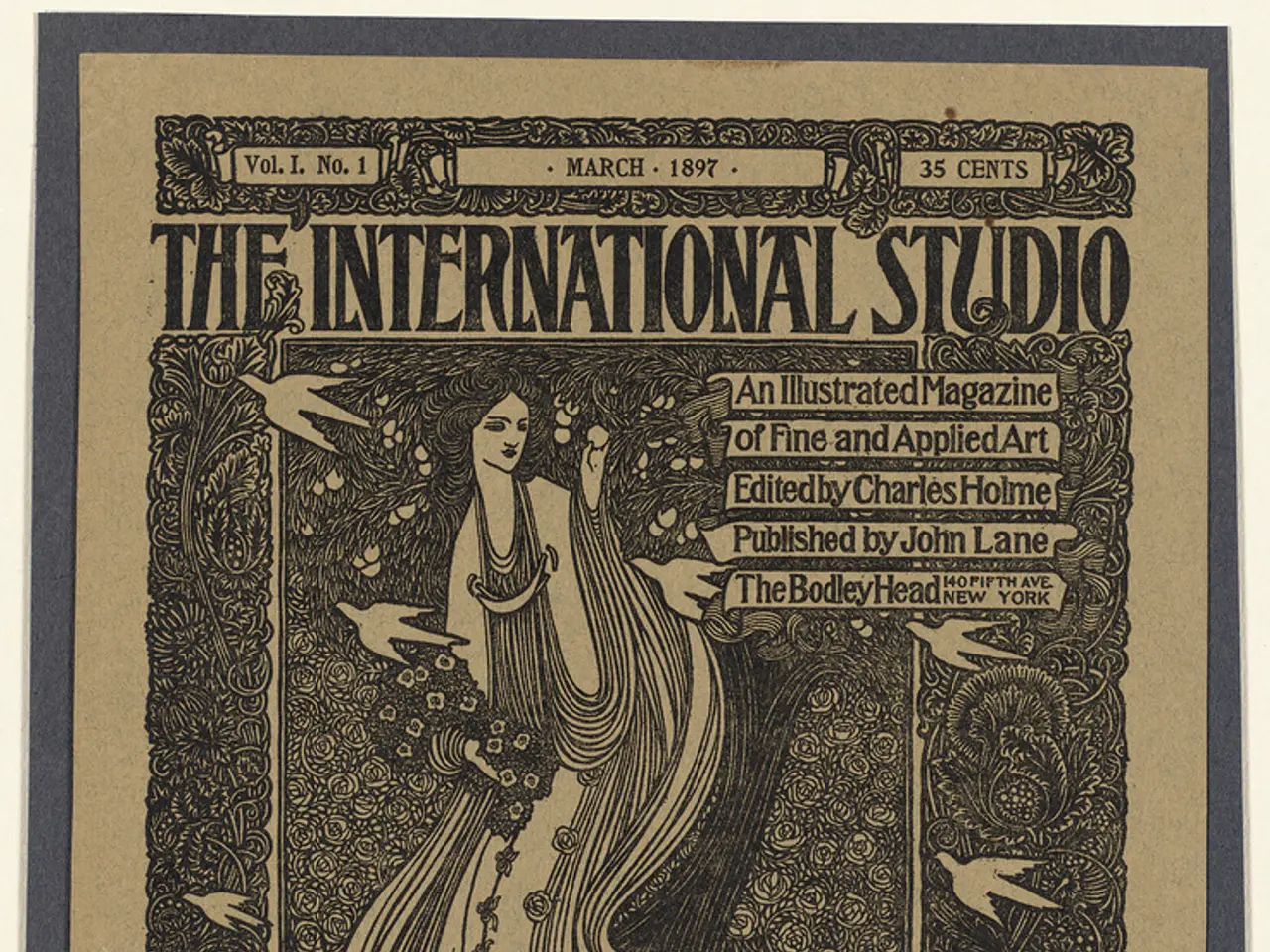Bergman's Silver Screen: How His Female Characters Overcome Their Painful Past
=====================================================================================================
Ingmar Bergman, the renowned Swedish filmmaker, is known for his thought-provoking films that delve deep into the human psyche, particularly exploring themes of mental health, existential conflict, and the female experience.
One of Bergman's most notable works, Through A Glass Darkly (1961), features Harriet Andersson as Karin, a character who experiences schizophrenic disruptions as a means to access divinity. Karin feels emotionally abandoned by her father, portrayed as neglectful and distant, and insists she can hear strange, disembodied voices. The film offers a profound study of inner turmoil and resilience, as Karin drifts into an empty room in the house, seeking a sublime secret.
Another film, Cries and Whispers (1972), focuses intensely on female relationships and suffering. The film explores faith, the search for meaning through pain, and the dynamics of sisterhood, touching on mental anguish, isolation, and conflicting desires for connection and detachment. Karin's self-mutilation and reluctance to communicate emphasize themes of isolation and trauma, while the sisters’ fractured relationships underscore estrangement and emotional pain within family bonds.
In Face To Face (1976), Liv Ullmann's character, Jenny, experiences a series of mental breakdowns. The traumatic event of an attempted rape triggers a cycle of collapse in her mind, leading Jenny to exhibit hysterics, deluded imaginings, and heightened paranoia. Jenny's trauma-dump monologues come off as removed from holistic characterisation, yet they serve to highlight the profound impact of such events on a person's mental health.
Bergman's narrative style often incorporates Biblical allusions, poetic symbolism, and dreamlike atmospheres to delve into identity crises, spiritual despair, and the ambiguity of human relationships, particularly through female perspectives. His female characters tend to embody complex psychological states intertwined with existential and spiritual conflicts, making their arcs profound studies of inner turmoil and resilience.
However, Bergman's films rarely offer true resolution, leaving much of the suffering unaddressed or dismissed. This reflects the reality of mental health struggles and existential despair, where answers may not always be found and healing may not be immediate.
In Hour of the Wolf (1968), Liv Ullmann's character, Alma, is scarred by intimate influence as she tries to pull her husband away from madness. The film treats Johan's mental instability with a visual dash of gothic horror, underscoring the dark and complex nature of mental health struggles.
In sum, Bergman’s films offer deep meditations on mental health struggles and existential despair, frequently centered on women’s emotional and psychological experiences, marked by themes of isolation, suffering, faith, and the search for meaning amid silence and estrangement.
- Ingmar Bergman's films, such as 'Hour of the Wolf' and 'Face To Face', not only delve into mental health but also weave health-and-wellness narratives, with characters grappling with schizophrenia, mental breakdowns, and existential conflicts.
- The thematic exploration of mental health in Bergman's oeuvre, like in 'Through A Glass Darkly' and 'Cries and Whispers', often refuge science's understanding of the mind, presenting a cinematic narrative that aligns with contemporary discussions on mental health.




